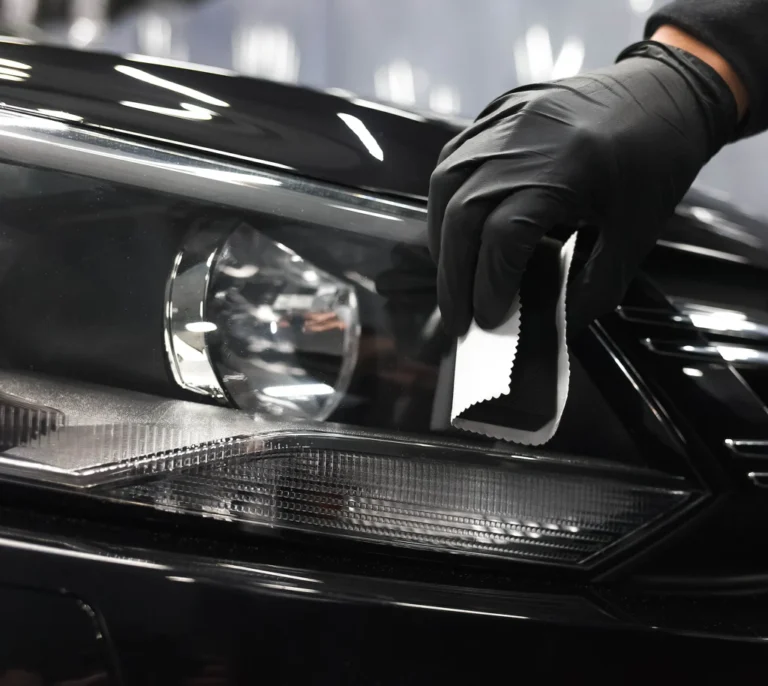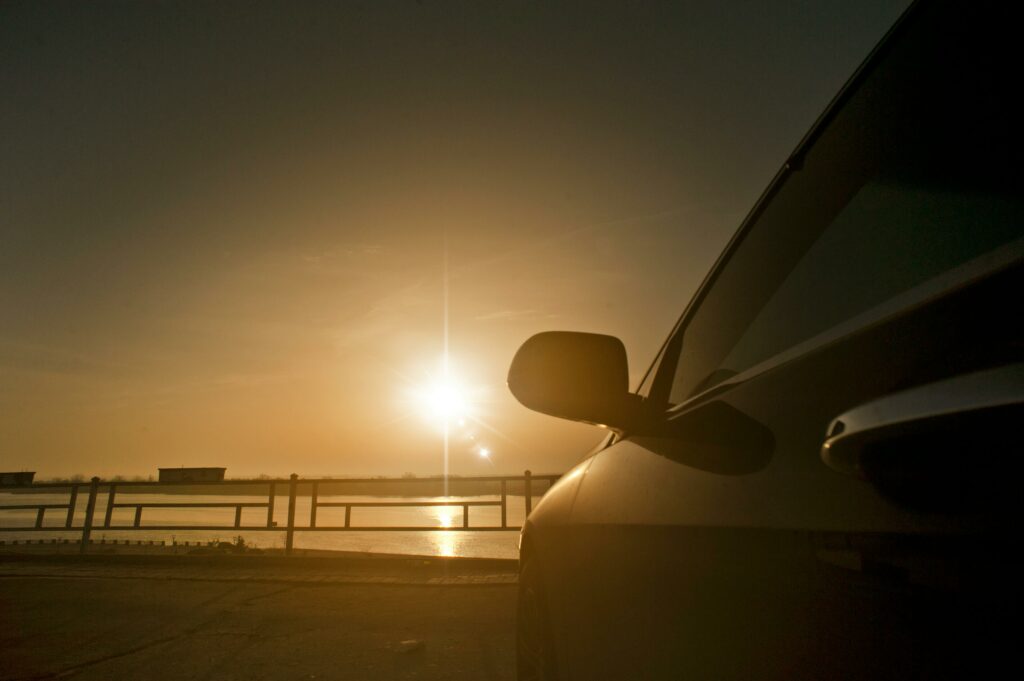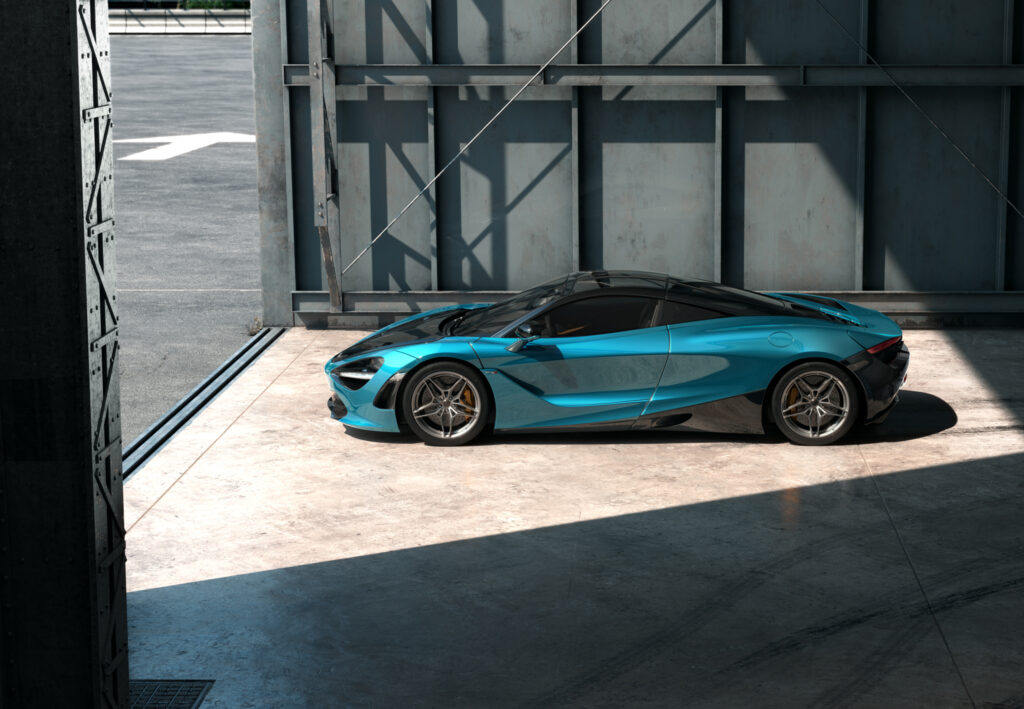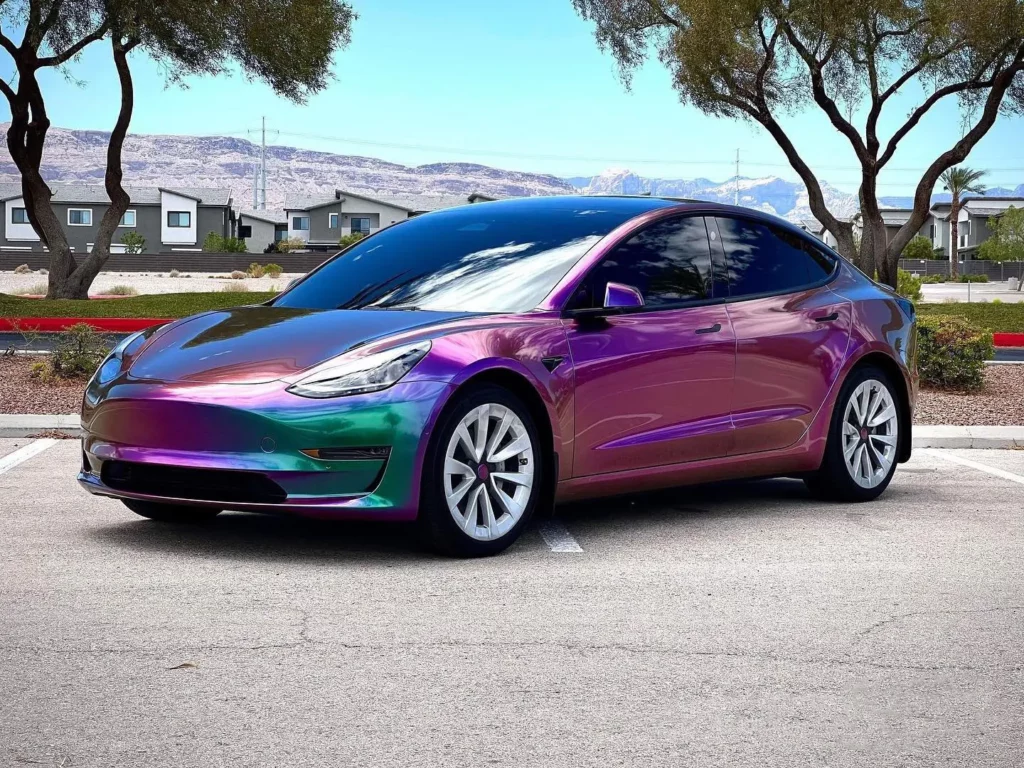If you are considering darkening your vehicle windows, be aware that window tints are subject to provincial regulations. In fact, there is a specific percentage limit for tinted windows and if you tint your windows beyond these limits, driving your vehicle becomes illegal.
But what exactly are these regulations? We tell you everything!

Understanding Automobile Window Tinting Laws
As is the case with several other aesthetic modifications made to vehicles, window tints for cars are also regulated in order to prevent excess.
Why are there Window Tinting Laws?
These laws exist, among other reasons, to ensure the safety of the occupants of the vehicle in question as well as other road users.
The Risks Associated with Overly Tinted Windows
Excessive tinting may reduce the driver’s visibility, particularly at night or in harsh weather conditions; visual contact with other road users could then be compromised.
Furthermore, windows that have too dark a tint impede law officers’ ability to enforce the law by preventing them from seeing inside a vehicle during traffic stops or identifying its occupants, thereby posing safety issues. This is true both in Quebec and elsewhere.
Legal limits for Window Tinting in Quebec
In Quebec, tinted windows must comply with specific laws related to light transmission levels; here is an overview.
Regulations for Front and Rear Window Tinting
When it comes to windshields, the only tint permitted is on the top 15 cm portion of the windshield. This is to ensure that the driver’s visibility is not compromised.
As for the front side windows, opacity must not exceed 30%. In other words, the tinted film must therefore allow 70% of light to pass through. Finally, when it comes to regulations regarding rear window tints, there are no legal limits; you can determine the opacity.
Differences Between Countries and Regions
Window tint regulations vary greatly from region to region. They are not the same in Montreal as they are in Vancouver, for example, where no tint is legally permitted on the windshield or front side windows. It is therefore important to check the laws in effect in your province of residence.
In other areas of the world, there are different regulations on window tinting. For example, in Japan, France and Germany, regulations are similar to those in Quebec. In the United Kingdom, however, windshields must allow a light transmission of 75% and side windows 70%.


Fines and Penalties
According to the information available on the SAAQ website, fines for non-compliance with window tinting regulations are as follows.
Less than 30% visibility:
- Driver or owner of a passenger vehicle: from $154 to $274.
- Driver of a heavy vehicle: from $125 to $344
- Owner of a heavy vehicle: from $249 to $525
In addition, if a law officer issues a notice for inspection for the front side windows of your vehicle, which requires you to go to a road vehicle inspection agent, and you fail to go, you will then be facing a fine ranging between $438 and $865.
On top of paying the fine, the driver must also remove or adjust the window tint to comply with the law and do so within 48 hours. A certificate of compliance may be required to prove that the modification has been made, otherwise further penalties may be imposed.
Impact on Automobile Insurance
The percentage of the window tint can also affect your insurance. In fact, should you be involved in an accident and your tinted windows do not meet the current opacity regulations, your insurer could refuse to cover the damages based on the fact that the non-compliance of your window tinting contributed to the accident. This could also have an impact on your liability coverage.
Furthermore, your insurer might decide to raise your premium in order to compensate for the increase in perceived risk or even refuse to renew your coverage.
Remember that it is your responsibility to declare any modifications made to your vehicle to your insurance company, and this includes the addition of films or tints for headlights.
How to Check if your Tinted Windows Comply with Regulations
Are you wondering if your window tints comply with regulations? You can visit a mechanical inspection centre for verification with a tint meter; this device will indicate the percentage of light that is passing through your windows. Don’t forget that 70% of light should pass through for your window tinting to be considered compliant.
The centre can also provide you with a certificate of compliance; keep it handy, especially if your windows were tinted after you acquired your vehicle.
Special Cases: Emergency Vehicles and Professionals
There are a few exceptions to window tinting regulations. For instance, certain vehicles are subject to different rules:
- Emergency vehicles
- Law enforcement vehicles
- Some professional vehicles, such as armoured vans or limousines
What to do if your windows are not compliant?
Have you been issued a certificate of non-compliance? Here is what you need to do.
Procedure for Updating your Vehicle’s Compliance
To update your vehicle’s compliance, it must be inspected by a professional at a mechanical inspection centre accredited by the SAAQ.
The technician will verify the validity of the modifications using a tint meter and, if your windows are too dark, you will have to remove the tint to comply with current regulations. Be sure to get a certificate of compliance once the corrections have been made and keep it on hand at all times.
To learn more about tinted windows, about our paint protection films for cars, or to book an appointment with us, contact us today! Our distribution centre is located in Victoriaville, and we have a network of installers across the province of Quebec!












